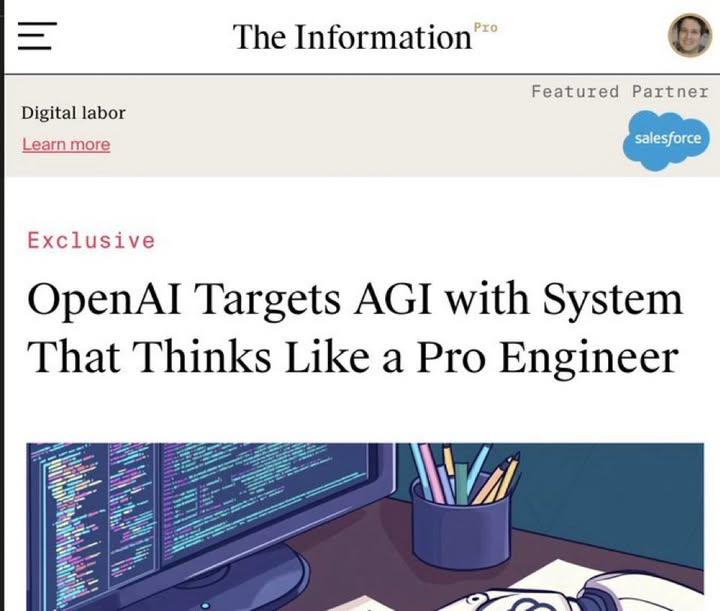Back
AIGuts
Exploring AI's poten... • 8m
What is AGI vs ASI in Artificial Intelligence | AI Guts Understand the key difference between Artificial General Intelligence (AGI) and Artificial Superintelligence (ASI), and how they’re shaping the future of AI. This in-depth guide explores the evolving landscape of machine intelligence—covering real-life AGI examples, emerging ASI technology trends, and predicted AGI timelines for 2025 and beyond. Artificial General Intelligence (AGI) refers to machines with the ability to understand, learn, and apply knowledge across a wide range of tasks—just like a human. Unlike narrow AI, which is limited to specific functions (e.g., Siri or Alexa), AGI is capable of self-learning and adapting to new problems without being explicitly programmed. In real-world applications, AGI is being tested in autonomous robotics, scientific research automation, and advanced language models that can write, reason, and even strategize. Artificial Superintelligence (ASI), on the other hand, represents the hypothetical leap beyond AGI—machines that surpass human intelligence across every field, including creativity, emotional intelligence, and decision-making. While ASI remains theoretical, its risks and potential consequences are being hotly debated among AI ethicists, researchers, and futurists.
More like this
Recommendations from Medial
AI Engineer
AI Deep Explorer | f... • 8m
Day 1/100 : FREE AI Resource Sharing Topic of Day: History Of Artificial Intelligence(AI) Books ↳"Artificial Intelligence: A Modern Approach" by Stuart Russell and Peter Norvig https://lnkd.in/gzSCYnf9 ↳ "The Master Algorithm: How the Quest for t
See MoreDownload the medial app to read full posts, comements and news.

































